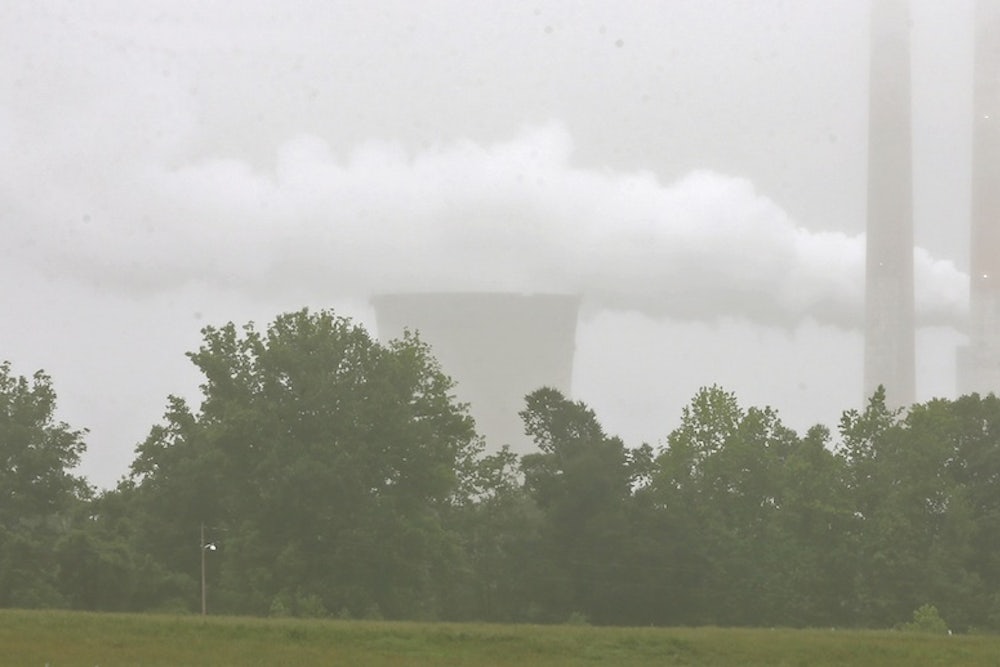The administration’s new rules on greenhouse gas emissions are going to make a big difference. But will it be enough?
On Monday, the Environmental Protection Agency will officially propose reducing emissions from existing power plants—which, for the most part, means reducing emissions from coal plants. As reported first in the Wall Street Journal, then in the New York Times and Washington Post, the Administration will call for reductions of up to 25 percent reduction by decade’s end—and up to 30 percent reduction by 2030. Those reductions would be relative to what emissions were in 2005.
States will have flexibility over exactly how to meet these goals. It’s likely that many states will react by developing or joining so-called “cap-and-trade” systems, in which utilities and even whole states basically trade permission to pollute within an overall limit.
By historical standards, the regulations that EPA proposes on Monday would represent a significant step towards slowing climate change. But the Administration has said its goal is to reduce greenhouse gas emissions by enough to meet targets that President Obama set in 2009, just before international negotiations in Copenhagen. If the U.S. can accomplish that, the thinking goes, Obama will have the credibility and leverage he needs to push for another, more significant international agreement on greenhouse gases—the kind of agreement that is necessary, most scientists believe, in order to avert the most catastrophic effects of global warming.
Unless I’m missing something—which is entirely possible—the targets that the media outlets are reporting would fall short of that goal. Although experts and environmental groups have stated publicily they believe the U.S. needs to reduce power plant emissions by 25 percent to hit the Copenhagen targets, that was 25 percent from current levels—not 2005, as the regulation apparently envisions. Remember, emissions today are lower than they were in 2005—thanks mostly to the recession, the sudden supply of cheaper and cleaner-burning natural gas, and the impact of existing regulations.
Of course, there may be more to the story. It's possible the Administration will not issue a single, fixed target for emissions. It could, instead, offer a range of options—perhaps recommending one but then asking for input from the public, including environmental advocates and the energy industry. That would make sense, since the Administration will have one year to finalize the rule. It's also possible that, come next June, the final rule could turn out to be stronger than whatever the Administration announces on Monday—although, of course, it could turn out to be weaker, too.
The President's Climate Action Plan, which laid the template for this new regulation, also called for other actions to reduce greenhouse gas emissions. In theory, they would offer other opportunities for the U.S. to hit the Copenhagen targets, even if the coming power plant rules don't get the U.S. all the way there.
One reliable way to assess the proposal will be the reaction of leading enviromental groups like the Environmental Defense Fund, the Natural Resources Defense Council, and the Sierra Club. If officials at those groups are happy—dirty energy companies are bound to complain, regardless—it means that the groups believe the regulation will both reduce greenhouse gases significantly and position the U.S. well for the next round of international negotiations. But they're not going to say anything until the proposal is public. And that's not going to happen until Monday morning.
Note: This item has been updated.
